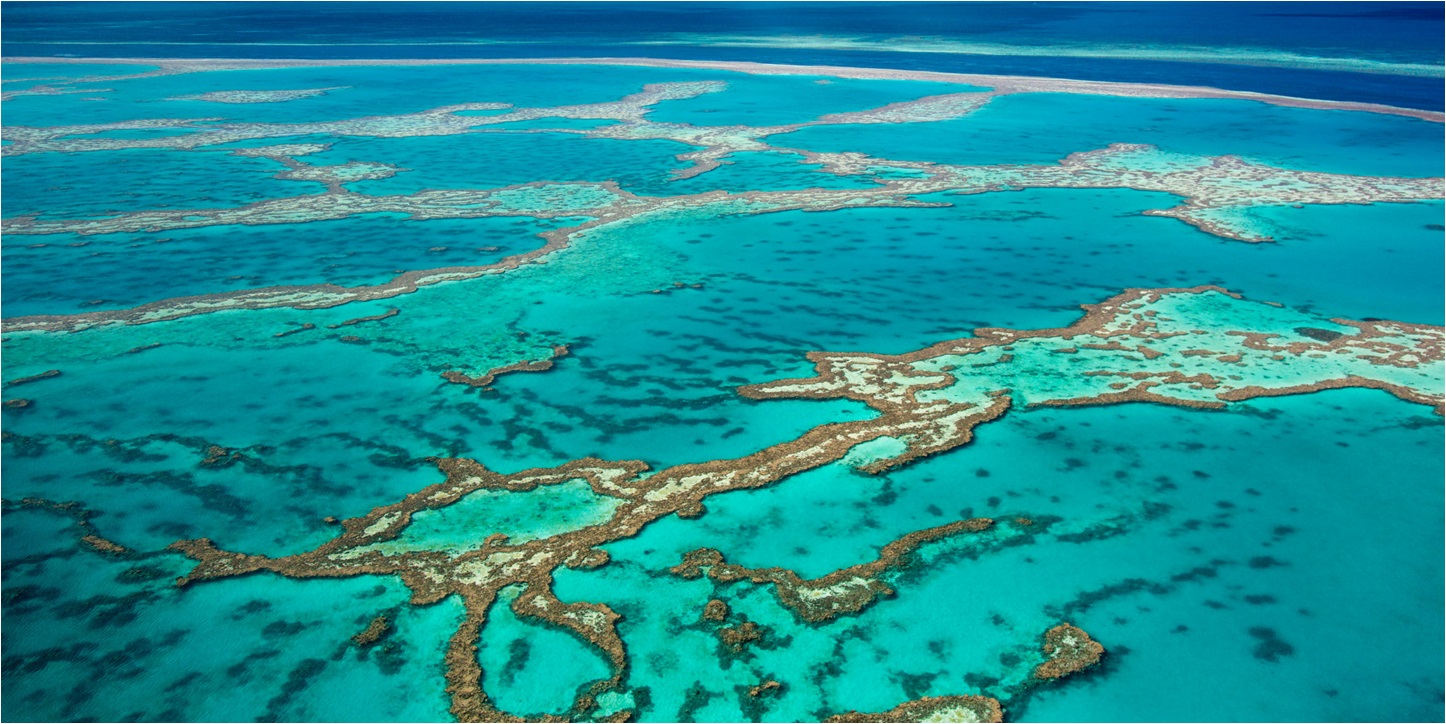Local weather conditions a factor for Reef’s health
GREAT BARRIER REEF

The outlook for the health of the Great Barrier Reef this summer depends greatly on local weather conditions during the coming months, now that a La Niña has formed in the tropical Pacific.
Marine experts met last week to consider risks to the Reef over the summer, including the potential for thermal stress, rainfall and floods, cyclones and storms, outbreaks of crown-of-thorns starfish and coral disease.
The meeting, convened by the Great Barrier Reef Marine Park Authority, looked at multiple lines of evidence to support a summer outlook likely to be influenced by the La Niña, pointing to more rainfall and cyclones.
Great Barrier Reef Marine Park Authority Chief Scientist Dr David Wachenfeld said the summer outlook for the Reef was an uncertain picture at this point.
“While cyclones can be damaging for coral reefs and flooding can wash pollutants into marine waters, increased rain and associated cloud cover may provide shading over the Reef, cooling water temperatures,” Dr Wachenfeld said.
“However, offsetting this is the global rise in ocean temperatures which is resulting in longer and more frequent marine heatwaves, such as we’ve seen on the Great Barrier Reef during the past five years.
Classifieds: Douglas Shire Public Notices and Council Notices
“Corals are highly sensitive to temperature changes over summer and our climate continues to change each year. The pre-summer workshop brings together relevant experts to understand long range weather forecasts.”
Some of the key findings from the workshop:
- It is difficult to confidently predict months in advance outcomes for peak summer as many weather influences can interact and change through summer.
- While La Niña events often mean reduced temperatures, thermal stress is still possible as sea surface temperatures across the whole Reef have gone up due to climate change.
- Forecasts from the Bureau of Meteorology and the US National Oceanic and Atmospheric Administration both indicate higher than average sea temperatures through December 2020 and January 2021.
- The current La Niña conditions also mean an increased chance of above average rainfall, more tropical cyclones and lows, and associated flooding.
- Regional and local weather conditions will influence temperatures across the Reef and if thermal stress develops, or if cooling weather conditions prevail.
- Outbreaks of coral-eating crown-of-thorns starfish remain an ongoing impact, particularly in the central and southern Reef. This reinforces the importance of the control program that protects coral cover.
- Encouraging was the Australian Institute of Marine Science’s Long-term Monitoring Program’s report of some coral recovery on many reefs surveyed between September 2019 and June 2020 — pointing to the resilience of the Reef ecosystem.
Dr Britta Schaffelke, the Australian Institute of Marine Science Research Program Director for A Healthy and Resilient Great Barrier Reef, said a range of monitoring would identify any changes in reef condition.
“AIMS science teams will continue our routine long-term reef monitoring and water quality monitoring, assessing changes in reef condition which may result from cyclones, marine heatwaves or flooding,” she said.
The workshop looked at predictions by the Bureau of Meteorology and USA’s National Oceanic and Atmospheric Administration, along with other available information.
“Year-round there is a network of scientists, Marine Park rangers and, reef industries contributing Reef health information, with these efforts ramped up over summer,” Dr Wachenfeld said.
Submit a letter to the editor here.
* Readers are encouraged to use their full details to ensure letter legitimacy.
Send news tips and videos here
* Comments are the opinions of readers and do not represent the views of Newsport, its staff or affiliates. Reader comments on Newsport are moderated before publication to promote valuable, civil, and healthy community debate. Visit our comment guidelines if your comment has not been approved for publication.
